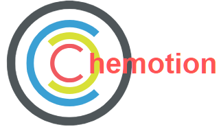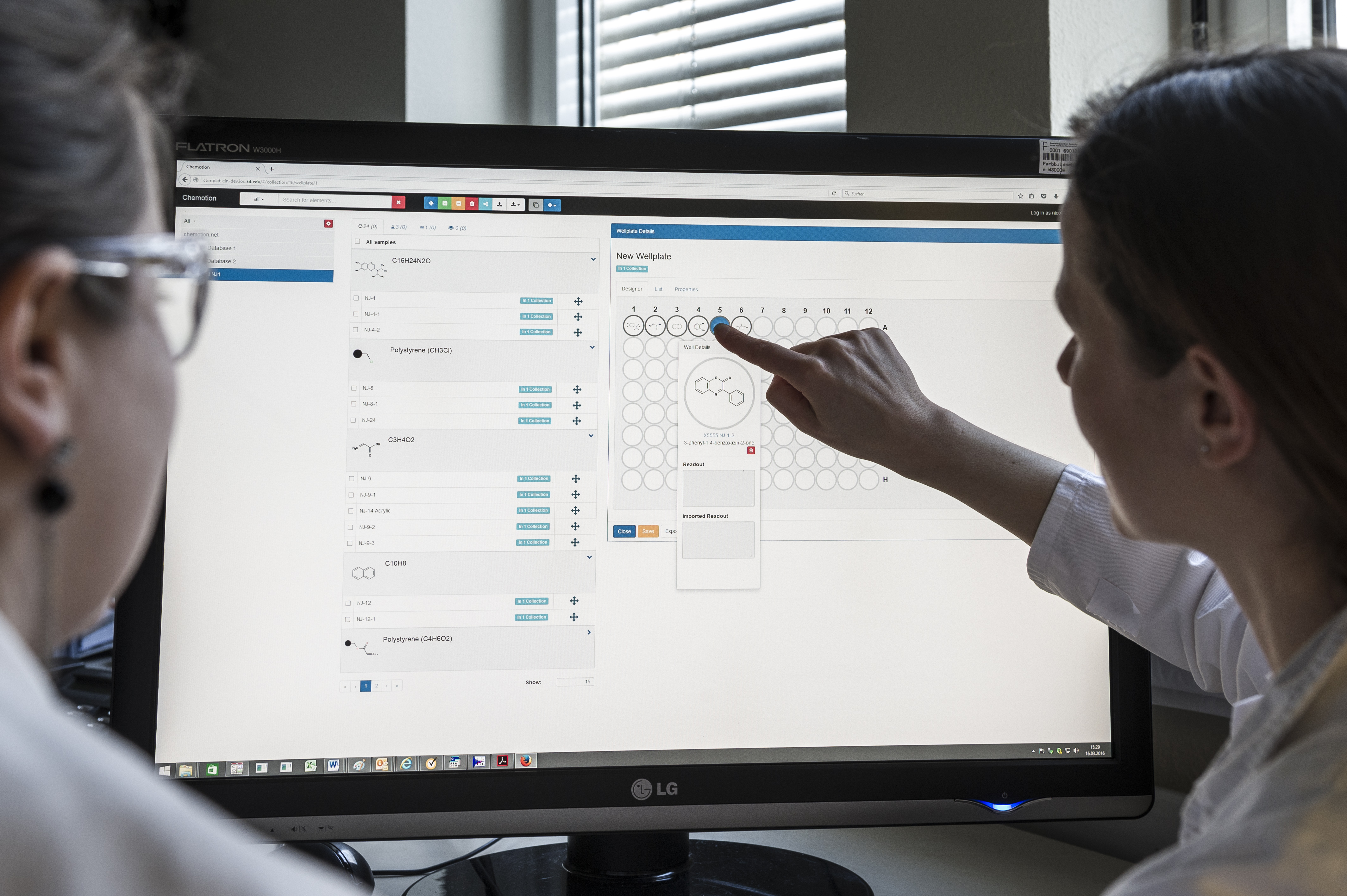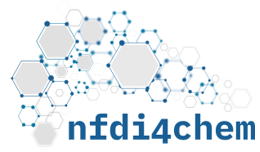Compound Platform

 Welcome to the Compound Platform (ComPlat) homepage. The Compound Platform is composed of three different subprojects, the Molecular Archive, Chemotion (with the subareas Repository, Electronic Laboratory Journal and Software Tools) and the scientific projects chemical synthesis.
Welcome to the Compound Platform (ComPlat) homepage. The Compound Platform is composed of three different subprojects, the Molecular Archive, Chemotion (with the subareas Repository, Electronic Laboratory Journal and Software Tools) and the scientific projects chemical synthesis.
Molecule Archive
The Molecule Archive of the Compound Platform is a service facility to register and store chemical compounds from academic research institutions and to distribute them for further re-use by other scientists. The major aim is to support researchers with an infrastructure and the know-how to initiate collaborative projects. The service is only provided to non-for-profit projects and is free of charge. The Compound Platform mediates the compound exchange or transfer for collaborations aiming for biological screenings and applications in materials sciences. The application partners are several groups at KIT but also national and international groups are participating. The service activities of the Molecule Archive include the quality check of the provided substances, analytical measurements if required for missing data and the support with the storage and distribution (including formatting).
Chemotion
 The software developments of our group can be found on our project website: www.chemotion.net but they can also be retrieved from github: https://github.com/ComPlat
The software developments of our group can be found on our project website: www.chemotion.net but they can also be retrieved from github: https://github.com/ComPlat
The repository Chemotion provides solutions for current challenges to store chemistry research data in a feasible manner, allowing the conservation of domain specific information in a machine readable format. A main advantage of the repository Chemotion is the comprehensive functionality, which offers options to collect, prepare and reuse data using discipline specific methods and data processing tools. For selected analytical data, automated procedures are implemented to facilitate the curation of the data. Chemotion provides functions to facilitate the publishing process of data and the citation of the deposited data. It supports automated Digital Object Identifier (DOI) generation, the comparison of the submissions with PubChem instances, and workflows for peer reviewing of the submissions including embargo settings. The described developments were used to establish a research data infrastructure that is hosted at the Karlsruhe Institute of Technology (KIT), including the necessary storage and support to build a new community-driven repository as a comprehensive alternative to commercial databases.

The chemotion ELN is an electronic lab notebook (ELN) for researchers working in the field of chemical sciences. The web based application is available as an Open Source software that offers modern solutions for chemical researchers. The ELN is equipped with the basic functionalities necessary for the acquisition and processing of chemical data, in particular the work with molecular structures and calculations based on molecular properties. It supports planning, description, storage, and management for the routine work of organic chemists. It also provides tools for communicating and sharing the recorded research data among colleagues. Meeting the requirements of a state of the art research infrastructure, the ELN allows the search for molecules and reactions not only within the user’s data but also in conventional external sources as provided by SciFinder and PubChem. The presented development makes allowance for the growing dependency of scientific activity on the availability of digital information by providing Open Source instruments to record and reuse research data. The current version of the ELN has been using for over half of a year in our chemistry research group, serves as a common infrastructure for chemistry research and enables chemistry researchers to build their own databases of digital information as a prerequisite for the detailed, systematic investigation and evaluation of chemical reactions and mechanisms.
The ELN can be tested with a demo version here: https://eln.chemotion.net/home
The repository and the ELN are the main software projects of the group but they rely on several other smaller projects that are incorporated to both systems. The main additional components are the tools ChemSpectra and ChemScanner.
ChemSpectra is a spectra editor that allows the visualization and editing of chemical data and works with the most common data formats in IR, Raman, MS and 1D NMR spectroscopy/spectrometry.
ChemScanner is a tool that enables the extraction of chemical information from native CDX file formats, either being used as single file or embedded to other documents. The information can be entered directly to the chemotion ELN or can be exported for further re-use.


Scientific Projects Chemical Synthesis
The Compound Platform is involved in several synthetic research projects that are funded by DFG, Helmholtz and others.
A summary of the different projects is given below:
The Compound Platform offers chemistry research projects with relation to the activities in the Program Biointerfaces in Technology and Medicine (until 2020) and Information (starting 2021). The current research projects deal with the synthesis of organic molecules and method development for biological investigation with respect to certain targets and the design of new compounds and strategies for improved materials.
Other investigations at the Compound Platform are:
In the project "controlled synthesis of functionalized oligomers and polymers", methods for the solid supported synthesis of quinoxalin-based oligomers using 1,2-diketosynthons are developed. The resulting structures are used for their investigation and application in materials science.
The project "Chemical Spectroscopy photochemical organic reactions in micro reactors" is part of the Forschungsgruppe ProMiSe and develops synthetic access to indoles and indazoles via IR tracked reactions induced by either visible or UV light.
